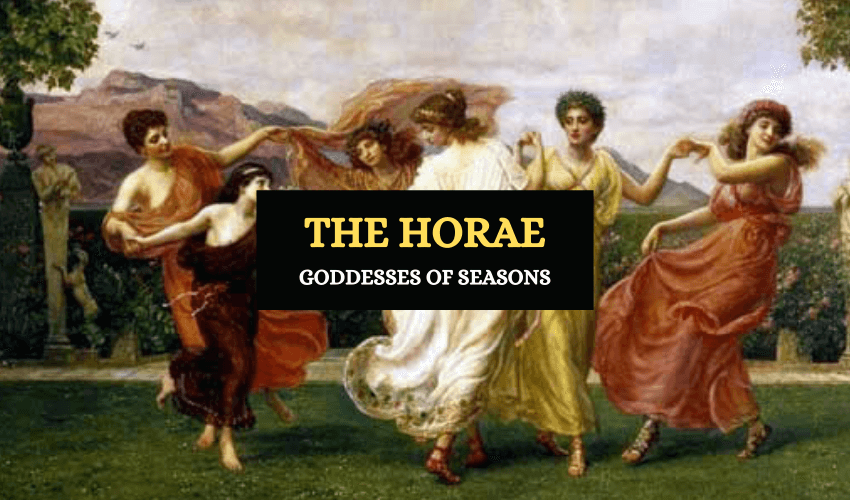
Table of Contents
In Greek mythology, the Horae, also called Hours, were minor goddesses of the seasons and time. They were also said to have been the goddesses of justice and order and had the responsibility of guarding the gates of Mount Olympus as well.
The Horae were closely allied to the Charites (popularly known as the Graces). Their number varied according to different sources, but the most common was three. They represented the ideal conditions for farming and were especially honored by farmers who depended on them for a successful harvest.
According to ancient sources, no Horae means that there would be no seasons, the sun wouldn’t rise and set every day, and there would be no such thing as time.
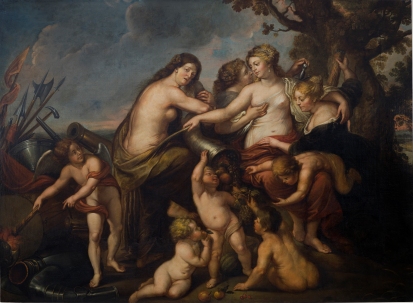
Who were the Horae?
The Horae were the three daughters of Zeus, the god of lightning and thunder, and Themis, a Titaness and the personification of law and divine order. They were:
- Dice – the personification of law and justice
- Eunomia – the personification of good order and lawful conduct
- Eirene – the goddess of peace
The Horae – Dice (Dike)
Like her mother, Dice was the personification of Justice, but the difference between mother and daughter was that Themis reigned over divine justice, whereas Dice ruled over the justice of humankind. She would watch over humans, closely observing the good and bad deeds they committed.
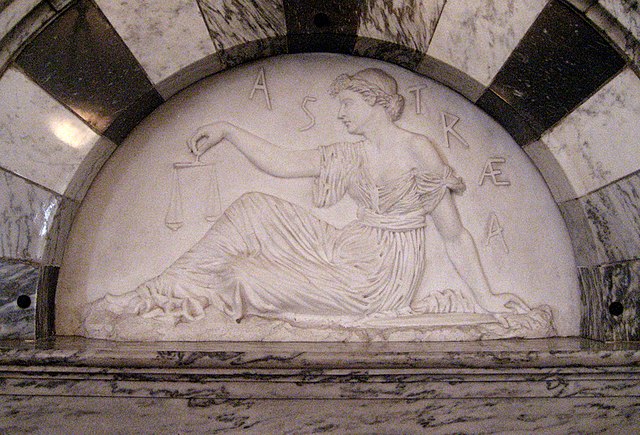
If a judge violated justice, she intervene to correct it herself or she would inform Zeus about it. She despised falsehood and always made sure that justice was administered wisely. She also rewarded the virtuous, since she saw this as a way of maintaining justice and good behavior.
Dice is often depicted as a beautiful young woman carrying a laurel wreath in one hand and a balance scale in the other. In astrology, she’s represented in Libra which is Latin for ‘scales’, her symbol.
The Horae – Eunomia
Eunomia was the Hora of lawful conduct and good order. Her role was to enact good laws, maintain civil order and the internal stability of the community or state.
As the goddess of spring, Eunomia was portrayed laden with beautiful flowers. She’s often depicted in paintings on Athenian vases along with the other companions of Aphrodite. She represented the faithful, lawful and obedient behavior of married women.
The Horae – Eirene
Eirene was known to be the brightest and happiest of the Horae. She was also said to have been the goddess of spring like Eunomia, so there’s some confusion as to which particular season each goddess represented.
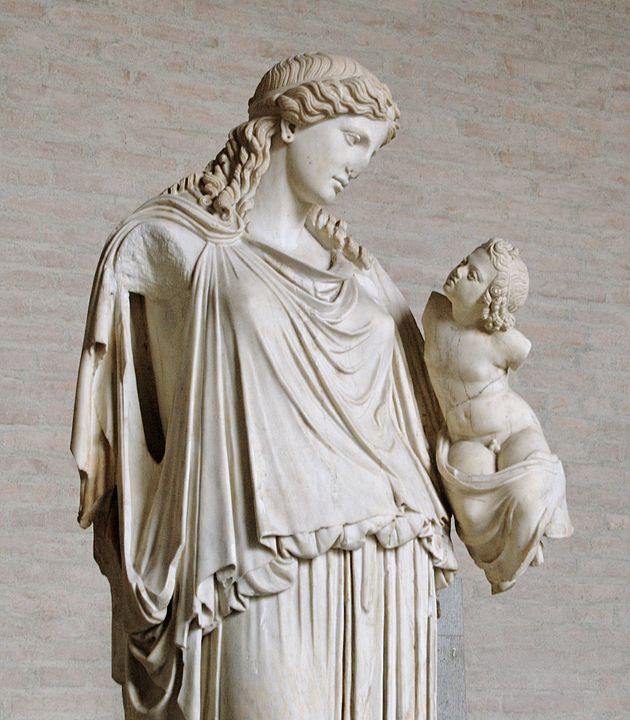
Eirene was also the personification of peace and was depicted carrying a scepter, a torch and a cornucopia, which were her symbols. She was highly respected by the Athenians who created altars for her and worshipped her faithfully.
A statue of Eirene was erected in Athens, but it was destroyed. There’s now a copy of the original in its place. It shows Eirene holding Pluto, the god of plenty, in her left arm, and a scepter in her right hand. However, due to damage over the years, the right arm of the statue is now missing. The statue symbolizes the concept that when there is peace, there will be prosperity.
The Horae of Athens
In some accounts, there were three Horae at Athens: Thallo, Carpo and Auxo, the goddess of the fruits of autumn and summer and flowers of spring.
It’s believed that Thallo, Carpo and Auxo were the original Horae of the seasons, making up the first triad, whereas Eunomia, Dice and Eirene were the second triad of Horae. While the first triad represented the seasons, the second triad were associated with law and justice.
Each of the three Athenian Horae directly represented a particular season:
- Thallo was the goddess of spring, blooms and buds as well as the protector of youth. She was also known as Thalatte and was believed to be the eldest of the Horae.
- Auxo, also called Auxesia, was the goddess of summer. Her role was to act as the protector of plants, vegetation, fertility and growth.
- Carpo was the personification of fall and was also responsible for guarding the gates to Mount Olympus. She was also a special attendant to Aphrodite, Hera and Persephone. Carpo played an important role in the ripening and harvesting of crops and farmers held her in high regard
The Horae As the Goddesses of the Seasons
It might seem strange that there were only three goddesses for four seasons. While the Horae are often associated with the progression of the seasons, the ancient Greeks had a different organization for seasons compared to the modern four-season model. The Horae were beautiful, friendly goddesses who were represented as gentle, happy young women wearing wreaths made of flowers in their hair. They were almost always depicted together, holding hands and dancing.
In addition to their role as the deities of the seasons and guards of Olympus, the Horae were also the goddesses of time and the hours. Every morning, they would help set up the chariot of the sun by yoking the horses and again in the evening when the sun set, they would unyoke the horses again.
The Horae were often seen in the company of Apollo, the Muses, the Graces and Aphrodite. Together with the Graces, they made clothing for Aphrodite, the goddess of love, dyed with the flowers of spring, much like the clothes they wore themselves.
Who Are the Twelve Horae?
There’s also a group of twelve Horae, known as the personification of the twelve hours. They were the protectresses of the different times of the day. These goddesses are described as the daughters of the Titan Chronos, god of time. However, this group of Horae is not very popular and only appears in a few sources.
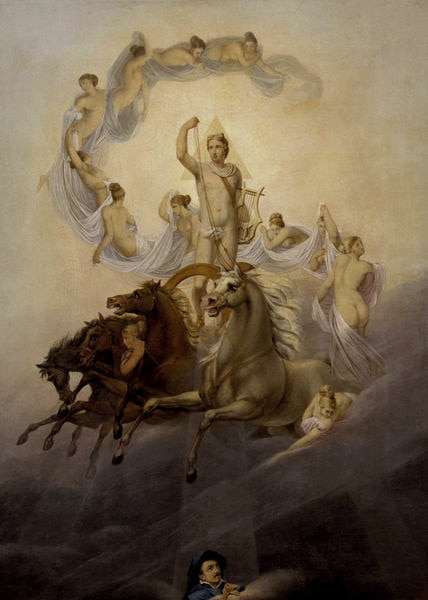
FAQs About the Horae
The number of Horae varied depending on the source, ranging from three to twelve. However, they were most commonly depicted as three goddesses.
The parents of the Horae varied depending on the source. However, they’re commonly said to be Zeus and Themis.
The Horae were minor goddesses.
The Horae were the goddesses of the seasons, order, justice, time, and farming.
In Brief
The Horae may have been minor goddesses in Greek mythology, but they had many important roles to play and were responsible for the natural order of things. While they are sometimes depicted individually, they’re most often portrayed as a group.








